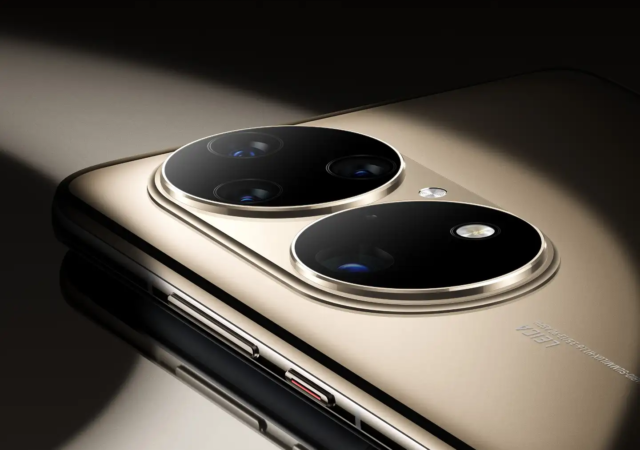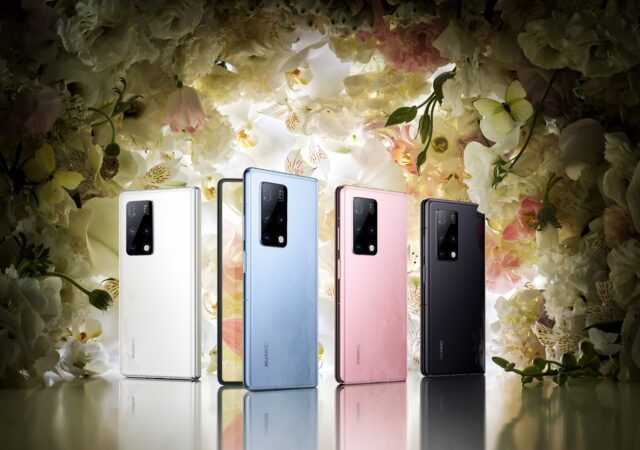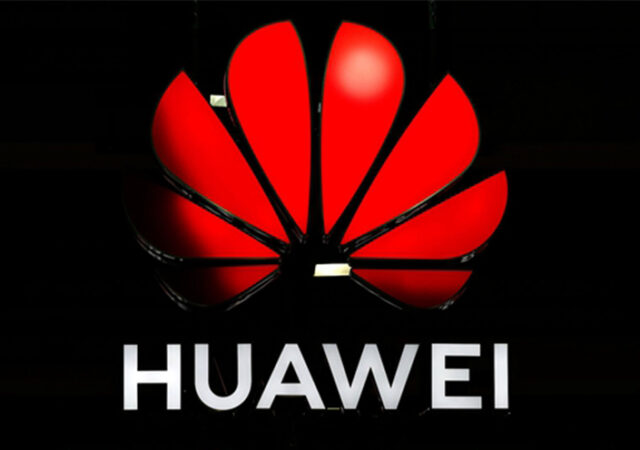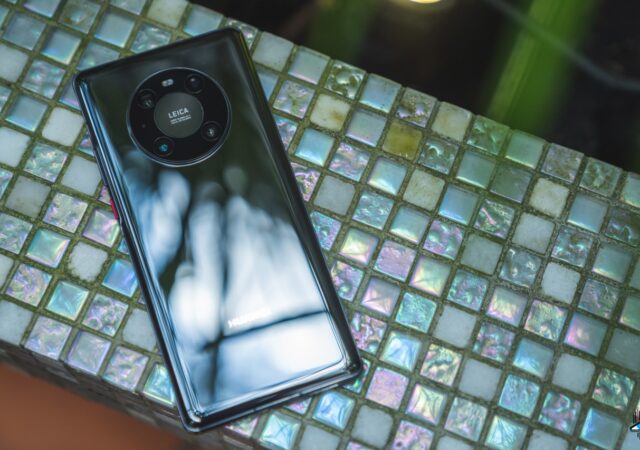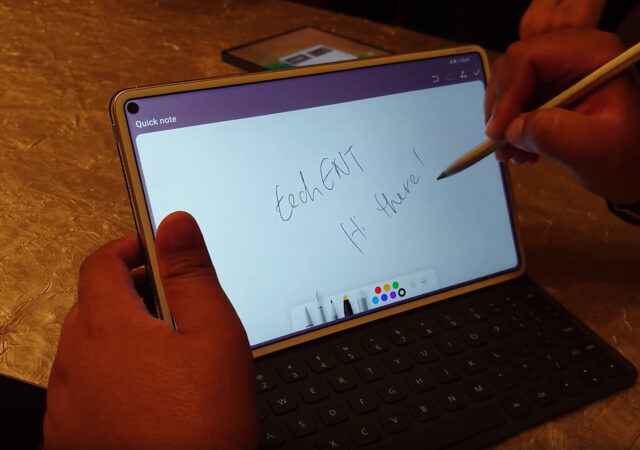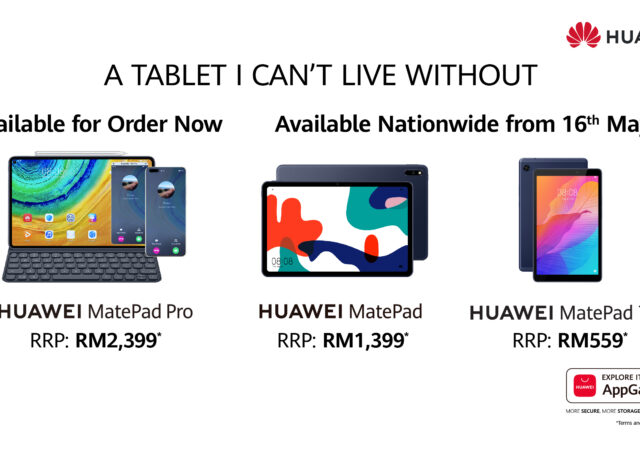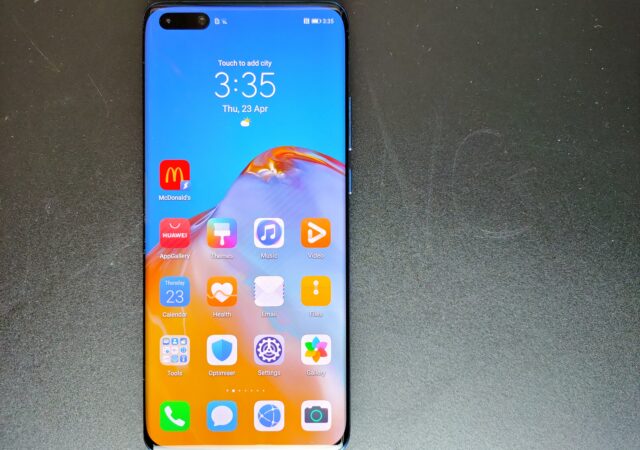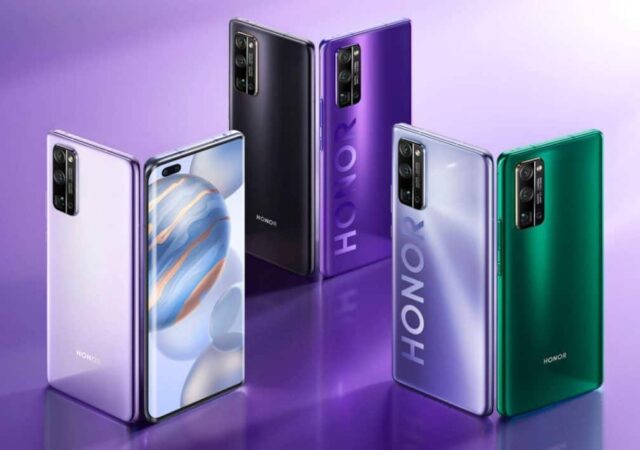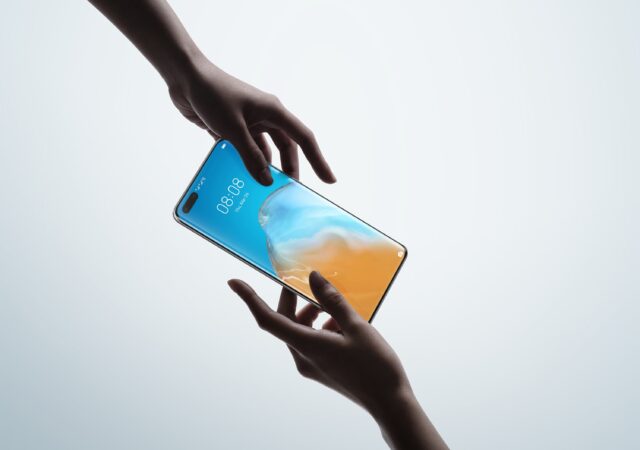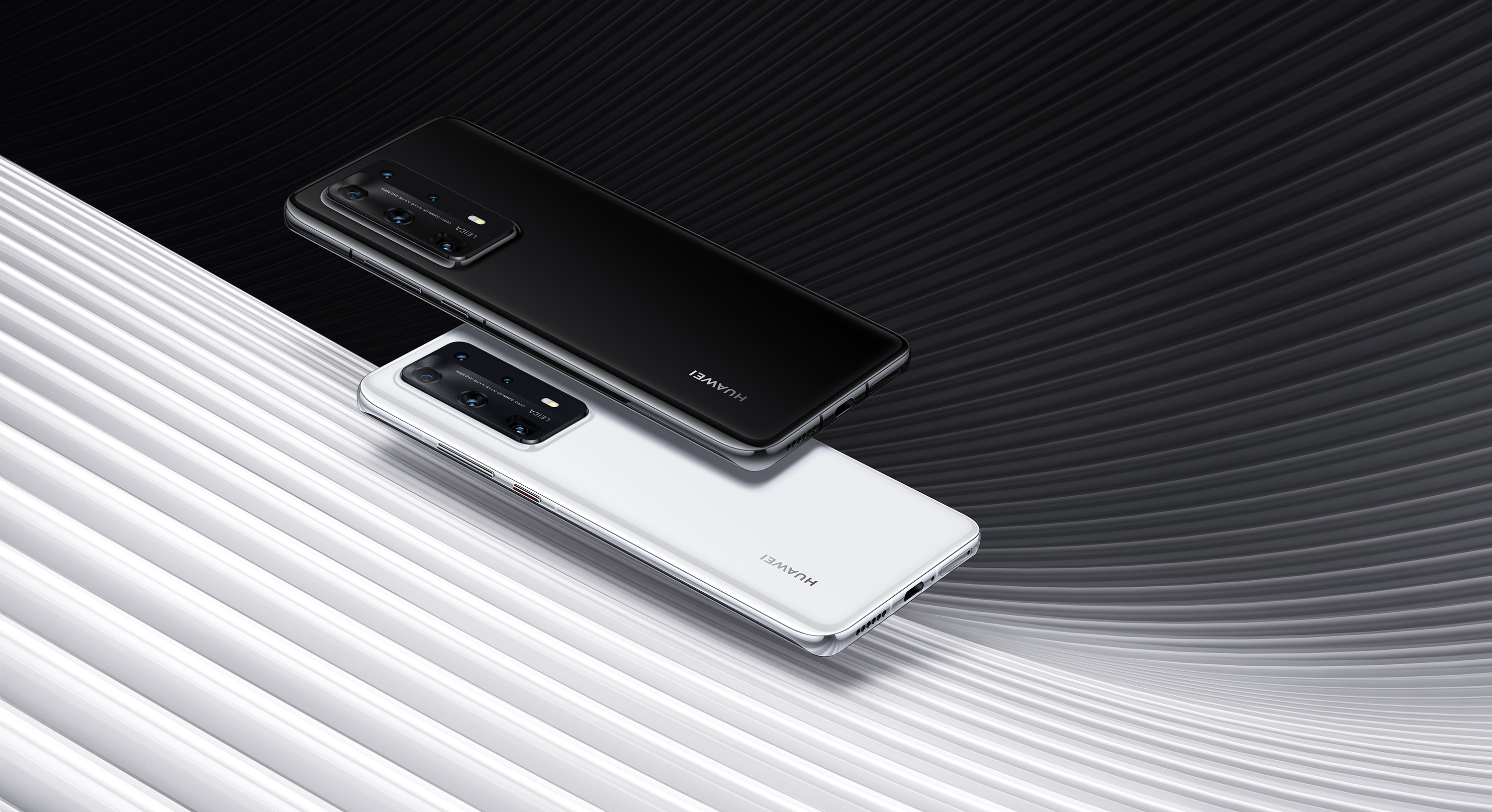HUAWEI launches their P50 series with very little fanfare last week. The new devices comes with Qualcomm’s Snapdragon 888 4G platform.
The HUAWEI Mate X2 Launched Still with Android Based EMUI 11
The HUAWEI Mate X2 with EMUI 11 was just launched in China and is going on sale on the 25th of February, 2021 onward at CN¥ 17,999.
Huawei Could Be Spinning Off the Mate & P Lines of Smartphones
Rumours are emerging of Huawei potentially selling off their premium smartphone line ups to allow them to thrive.
The HUAWEI Mate40 Series is Here Finally, Still Without Goole Play Store
HUAWEI just released their most powerful smartphone ever. The HUAWEI Mate40 series packs the power of the 5nm Kirin 9000.
HUAWEI MatePad Pro Hands On
The HUAWEI MatePad Pro was announced globally in Barcelona back in February. The new MatePad Pro was touted as a revolutionary new productivity device empowered by 5G thanks to the HiSilicon Kirin 990 processor inside. Yesterday, the new productivity centered…
HUAWEI MatePad and MatePad T Completes the Family
HUAWEI completes their new tablet family with the HUAWEI MatePad and the HUAWEI MatePad T 8. The 10-incher HUAWEI MatePad is technically a budget version of the MatePad Pro, while the MatePad T 8 is an entertainment and education powerhouse.
HUAWEI P40 Pro In-Depth Review – More Camera, Most Smartphone
The new HUAWEI P40 Pro is a mighty powerful smartphone with really good cameras. With the exclusion of Google though, is it worth MYR 3,899?
HONOR 30 Series Debuts in China
HONOR unleashes their new flagship HONOR 30 series in China. The new series realigns the young brand with a more camera centric approach to its devices.
The HUAWEI P40 Series has arrived in Malaysia!
The highly anticipated photography flagship is here in Malaysia! The HUAWEI P40 series, the devices that tops the DX0Mark charts have made their way to the local market. The devices will be available 11th April 2020 onward starting from MYR 2,799 onward.
Huawei P40 Series Launches – The Evolution of Smartphone Photography.
HUAWEI just launched their brand new flagship P40 series. The new smartphone is the new word for smartphone photography with a bigger 50MP RYYB sensor. The new flagship will be available 7th April 2020 onward.



